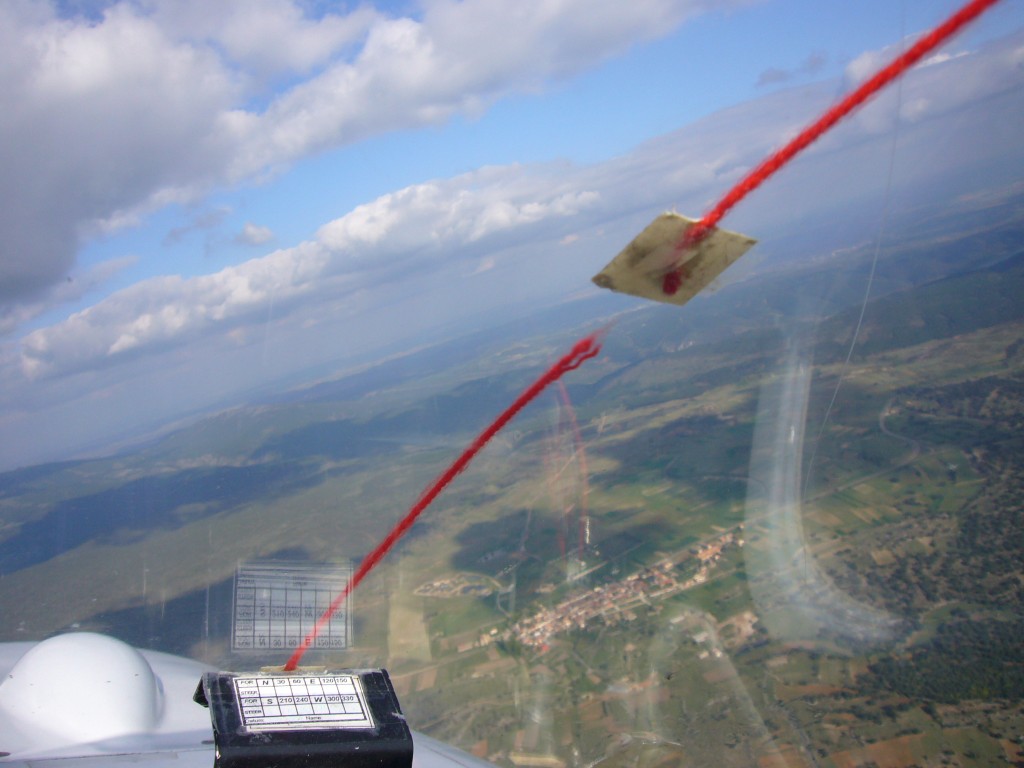How does it fly?
(Quite well, actually - within certain limitations...)
The SF25 was designed near the beginning of the motor gliding boom of the 60s and 70s, as a simple all-rounder. There is nothing particularly tricky about it. Hundreds of gliding schools in Germany and elsewhere use it for flight training and pleasure flights. The top permitted speed (190km/h) is not particularly high by glider standards, and, especially with the older, 50 – 80hp variants, can really only be reached in a steep dive. The rough air speed is limited to 150km/h. So, speed is not its strong point.
Where it shines is in ease of handling and simplicity. Stall speed is around 55 or 60km/h depending on the wing loading, and is totally benign. It’s quite hard to get it to spin. There are no flaps, retractable undercarriages, or, in most cases, constant speed props to worry about. Just check the oil, get in and go. The controls are light and harmonious, and despite appearances it is actually quite agile. It thermals rather well with the engine off, the big, thick wings give a decent sink rate, and the agile handling allows you to core small thermals more easily than some modern high performance gliders. The glide, on the other hand, is admittedly rather dismal – around 20 or 22 depending on the model. Then again, if you get low before finding the next thermal, firing up the motor takes only seconds. And with partial power, almost any glide ratio can be simulated, making it a great cross country trainer.
Fuel burn under power in my plane (with the 60hp Limbach Motor) is around 10 litres per hour. Mogas (minimum 98 Octane) is preferred, although it runs fine on the more expensive Avgas too. The 44-litre tank gives a good 4 hours of flight time with reserves, which at a realistic 140km/h cruise speed translates into a useful 500-600km of range. The truth is that you probably won’t want to fly any further than that in one go anyway. Ergonomics is a concept that apparently had not been invented in 1970 – the bizarre concave Falke seats are an abomination for anyone but a hunchback. I fixed mine by having semi-circular foam inserts made that fill up the dead space and give some back support. The upright seating position remains, unfortunately. Spending money on good quality seat cushions helps.
Still, on the price vs fun & utility scale, I don't think there is anything to beat a Motorfalke.

